Electric Vehicle Charging Station: Location Optimization

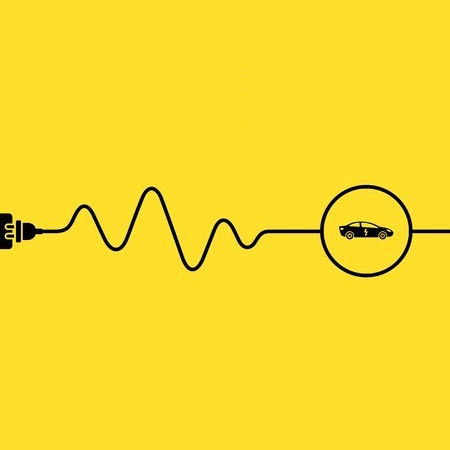
The science of Location Intelligence in Traffic and Mobility is a much more dynamic game altogether. If we look at an area as a 2-dimensional graph, the roads and transportation means are simply a network of static nodes and edges, with fluctuations in weightage, making up the mesh of connectivity.
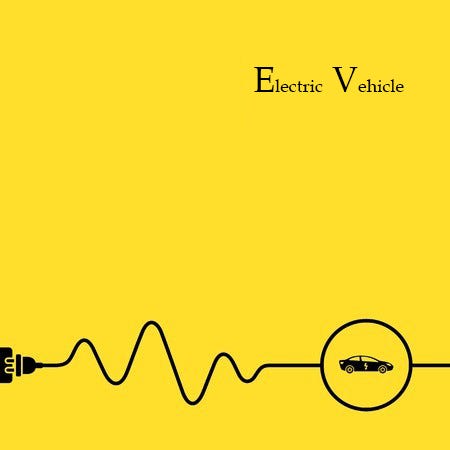
But when it comes to understanding accurate locations to set up EV charging stations, we cannot simply estimate the potential of a particular area by its market and demographic features, like we would do for opening a store. It becomes quintessential to look at the bigger picture.
Understanding EV charging
Electric Vehicles are soon to take to the streets in India. EV companies are already strategizing investments and looking to launch vehicles in the market soon. And with the launch of EVs, setting up charging station networks in the target urban cities, has to go hand-in-hand with the manufacturing.
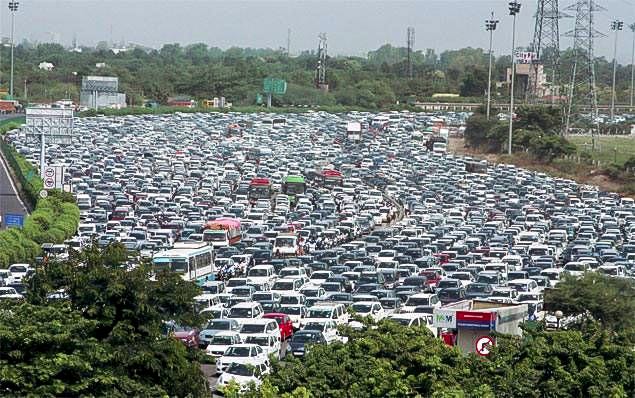
But with the generally overpopulated state of the country, it is a very difficult task to have a properly planned “charging station” network laid out in the top metropolitan cities, to begin with. Currently there are over 60,000 petrol stations in the country, with only around 150 charging stations, half of which are only accommodative towards two or three-wheelers. The government of India envisions charging stations set up every 3km in cities and every 25km for highways. Places like Delhi, Vadodara, Chennai, Bangalore, Mumbai, Hyderabad etc are all looking to EV companies and planning investments to make this future happen.
But setting up charging stations cannot be done simply by setting up points like gas stations at calculated intervals. Unlike petroleum vehicles in gas stations, EVs require a steady charging time period in a charging station. Which can normally range from 4 to 10 hours(empty to full) as per common industrial chargers.
Decoding Charging Stations
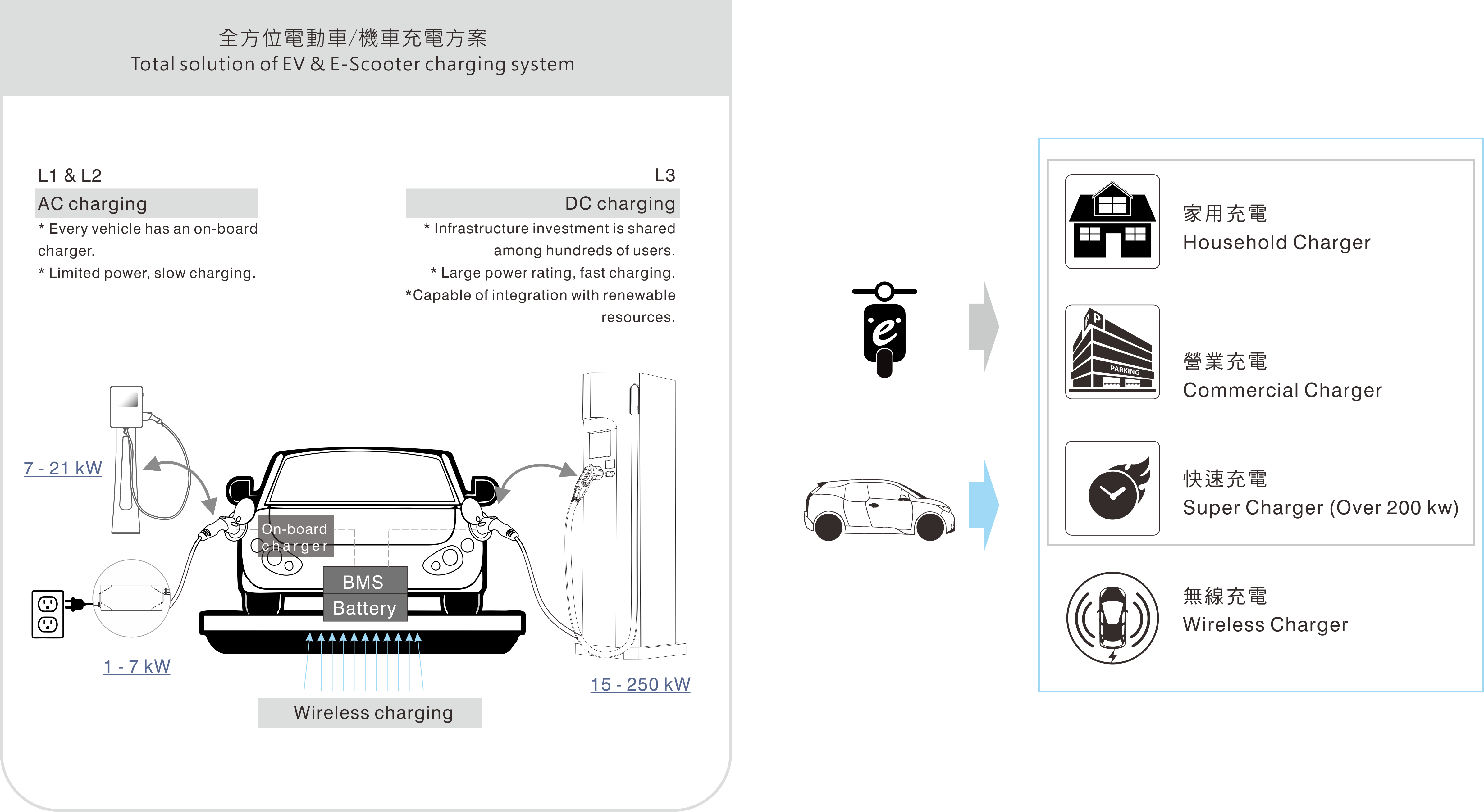
Depending on functionality, EV charging can be either commercial grade “slow” chargers or “fast chargers”, where the latter is set up for emergency quick-charging purposes, generally under 45 minutes.
Consequently, setting up charging stations shall also follow such functionality;
- routined reserved charging or
- emergency quick charging
1. Destination Chargers | Location
It is expected that EV owners would consider setting their cars to charge during busy office hours on weekdays, and neighbourhood/residential areas on weekends. So planning out such locations would need understanding traffic flow patterns and identifying potential rest stops for vehicle destinations.
Office areas and commercial destinations are hotspots where vehicles look to rest for sufficient time periods. Owners look to book charging periods for their EVs during its idle hours, usually between 12:30pm — 05:30pm. So it’s also necessary that repetitive visits to such locations happen, so that setting up charging points is economically viable. For example, a huge office campus has multiple cars resting there everyday, but a destination mall has different cars resting in its parking space for insufficient time periods.

On the other hand, during non-office hours of the week and weekend, neighbourhood residential agglomerations are potential locations for a station. Charging purposes would necessitate accommodating numerous cars, so there should be enough infrastructure opportunities to do so too.
2. Quick Chargers | Traffic
Routes with heavy traffic plying on them also require a network of charging stations to meet “quick charging” needs for EVs. With the help of traffic data and Loc Int, we can work with traffic flow patterns to understand road networks which are regularly overburdened, and study them against different time points in the day.

The impact of commercial zones and destination markets impacts traffic flow to a much broader extent. A road network topology consists of nodes and edges, on which vehicular flow differs with density, time, location and road category. According to a case study conducted in Noida, nodes near office hotspots suffer from overcapacity with heavy stagnant traffic. Inflow and Outflow dynamics for such nodes give us an idea of a Betweenness Centrality measure, which is essentially how important a junction is between routes and destinations, and how much traffic footfall passes through there.

Additionally ,if we look at traffic flow on roads (edges), and consider an Overcapacity Factor, factoring in average traffic speed, we can estimate the Jam Factor of roads at different time points of the day for every important point in a route.
Location Intelligent Solutions
- At Data Sutram, our analytics engine taps into routes and traffic flow data of an entire city at different time stamps, to estimate vehicular traffic patterns and calculate location-based indexes. Locating affluence and dynamic footfall of commercial destination spots, we can trace inflow of diverging traffic from important junctions nearby via the BC scores. That can give an idea of the extent of charging demands vehicles face in such locations.
- For residential areas, locations can be optimised by considering heavy residential housing and static demographics within neighbourhood agglomerations.
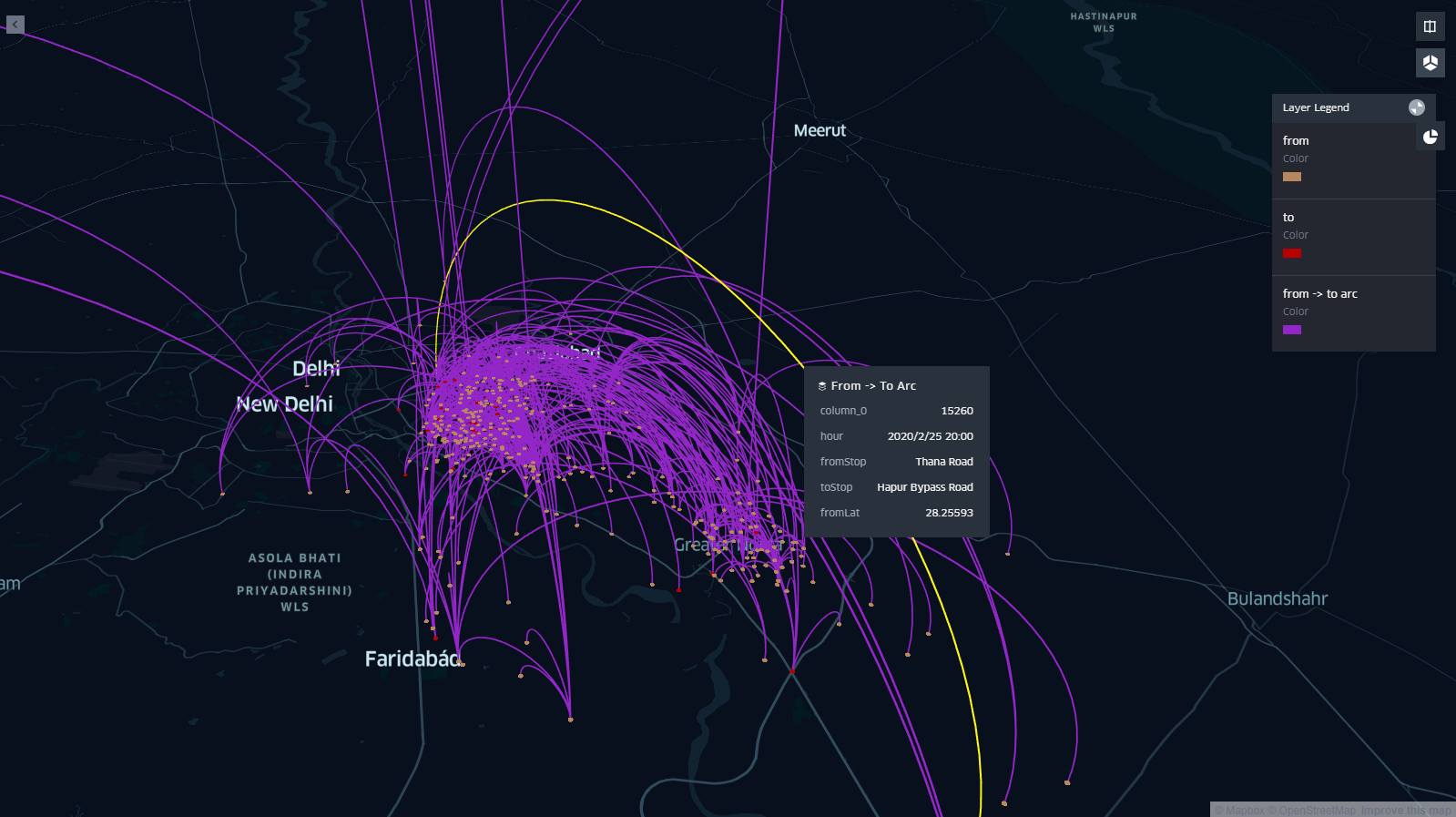
3. Jam Factor mapped to roads bearing heavy traffic at crucial hours can help localising routes to meet quick charging demand. Integrated with Satellite Imagery data, we can further specify exact locations to set up a station based on land-use and heat patterns.
Last but not the least..
Before going into installation of EV charging station anywhere, it is of paramount importance to find out if the local transformer can take the load generated by such a point. Such charging stations take up a lot of power and require a heavy payload. So the entire strategy would fail if preliminary power setups are not done, especially for developing countries like India.

Do you have any insights to add on the impact of Location Intelligence on the Electric Vehicle industry? Respond, or contact us.
To know more, visit Data Sutram.